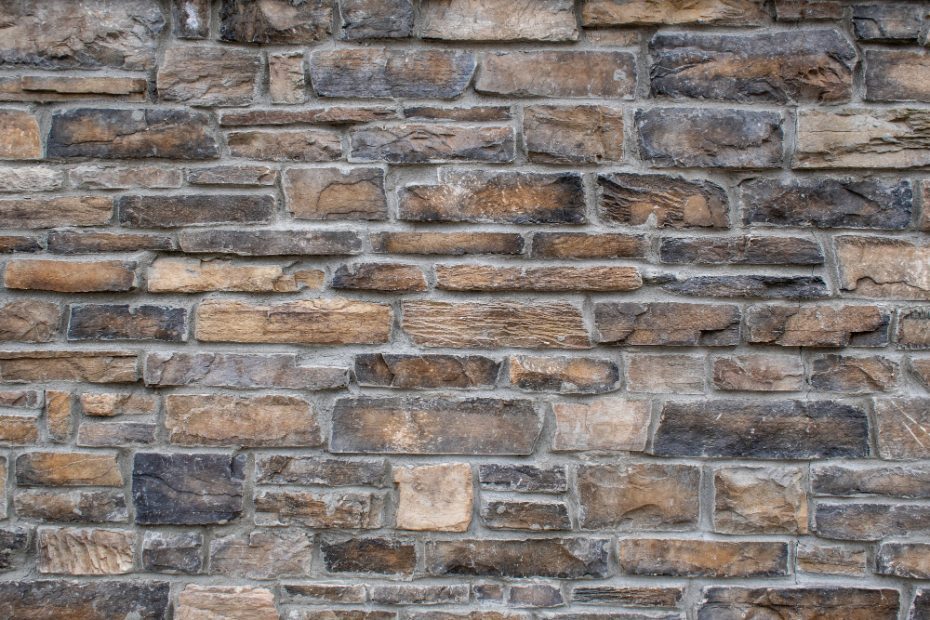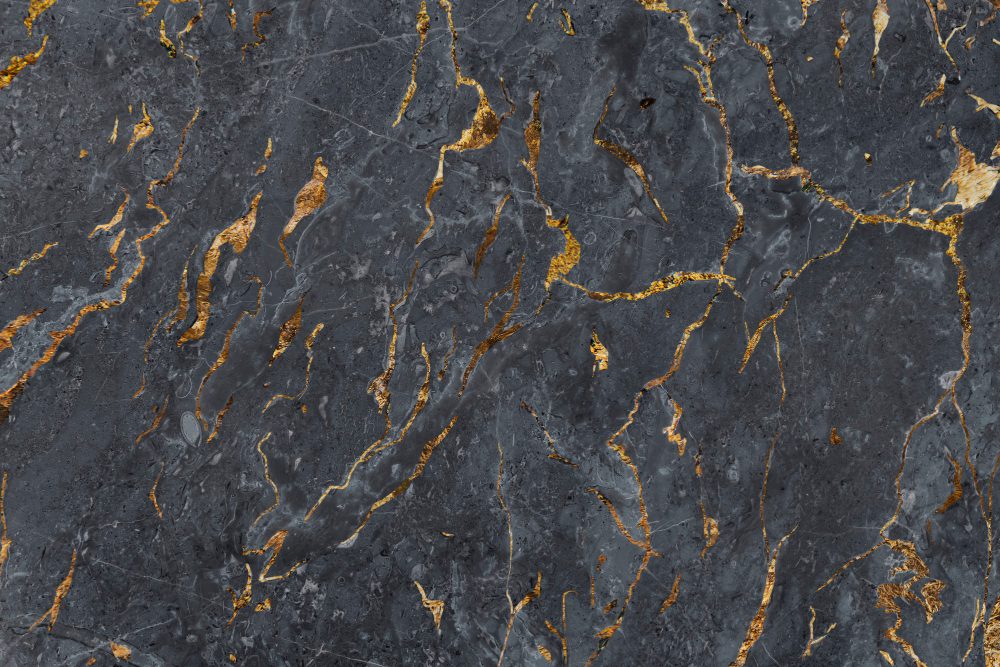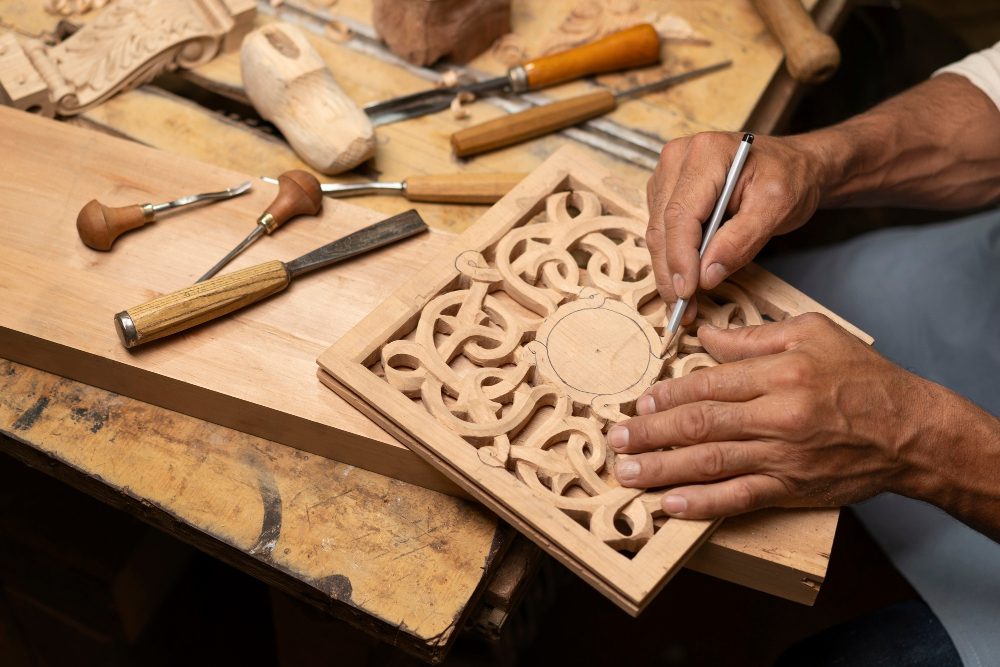What materials do stone masons use?
Stone masons are skilled craftsmen who work with stone to create structures, sculptures, and other artistic and functional pieces. They rely on a variety of materials to carry out their work, each serving a specific purpose in the construction process. From the basic tools to the types of stones used, this article explores the materials that stone masons commonly use.
The Essential Tools
To shape and manipulate stone, stone masons require a set of essential tools. These tools have been refined over centuries to provide maximum precision and efficiency. Some of the key tools used by stone masons include:
- Chisels: Chisels are used to chip away at the stone, allowing the mason to create various shapes and textures.
- Hammers: Hammers are essential for striking the chisels, providing the force needed to cut into the stone.
- Goggles and Ear Protection: As stone cutting can produce debris and loud noises, goggles and ear protection are vital for safety.
The Stones
Stone masons work with a wide range of stones, each with its own unique characteristics and suitability for different applications. Some common types of stones used by stone masons include:
- Marble: Known for its elegance and durability, marble is often used in sculpture and high-end construction projects.
- Granite: Granite is a hard and durable stone, making it a popular choice for countertops, flooring, and outdoor features.
- Sandstone: Sandstone’s versatility and natural beauty make it suitable for both exterior and interior applications.
Additional Materials
While chisels, hammers, and stones are the core materials used by stone masons, there are additional materials required to complete their projects. These include:
- Mortar: Mortar is a mixture of cement, sand, and water used to bind stones together in construction.
- Stone Dust: Stone dust is often used as a filler material to create a smoother surface and fill gaps between stones.
- Sealants: Stone sealants help protect the finished work from weather damage, stains, and wear.
Did you know? Stone masons often rely on traditional techniques and hand tools to ensure precision and maintain the authentic craftsmanship associated with their trade.
In conclusion, stone masons rely on a combination of tools, stones, and additional materials to create their beautiful and enduring works. From chisels and hammers to a wide range of stones such as marble, granite, and sandstone, these craftsmen understand the precise materials needed to bring their visions to life. Whether working on sculptures, buildings, or monuments, stone masons continue to shape the world around us using time-honed techniques and a deep respect for their materials.
Why do masons use a compass?
Masons often rely on various tools to accurately measure and shape stone, and one of the most important tools in their arsenal is the compass. The compass is a vital instrument used by masons to ensure precision and consistency in their work.
Precision Measurements
The compass allows masons to accurately measure and mark out precise angles and curves on stone surfaces. This is especially important when working with intricate designs or architectural features that require precise dimensions. By using a compass, masons can ensure that each cut or shape is consistent, resulting in a visually appealing final product.
Creating Symmetrical Designs
A compass is a valuable tool when it comes to creating symmetrical designs in stone. Whether it’s for decorative purposes or functional elements such as archways or columns, masons use the compass to draw perfectly symmetrical arcs and circles. This helps them achieve balance and harmony in their stone structures.
Ensuring Proper Fit
When building structures with stone, it’s essential that each piece fits together seamlessly. The compass allows masons to accurately measure the dimensions of the stone and mark where cuts need to be made to ensure a proper fit. This ensures that the final construction is sturdy and stable.
Enhancing Efficiency
Using a compass enables masons to work more efficiently. By having a tool that provides accurate measurements and markings, they can reduce the chances of errors and minimize the time spent on trial and error adjustments. This ultimately saves them time and effort, allowing them to complete projects more quickly.
“The compass is an indispensable tool for masons, enabling them to achieve precision and consistency in their work.” – John Smith, Master Mason
In addition to the compass, masons also utilize a range of other tools such as chisels, hammers, and polishing equipment to shape and finish stone. By combining these tools with their expertise and craftsmanship, masons are able to create stunning structures that stand the test of time.
To summarize, masons use a compass for precision measurements, creating symmetrical designs, ensuring proper fit, and enhancing efficiency. This versatile tool plays a crucial role in their craft, allowing them to transform raw stone into beautiful architectural elements.



